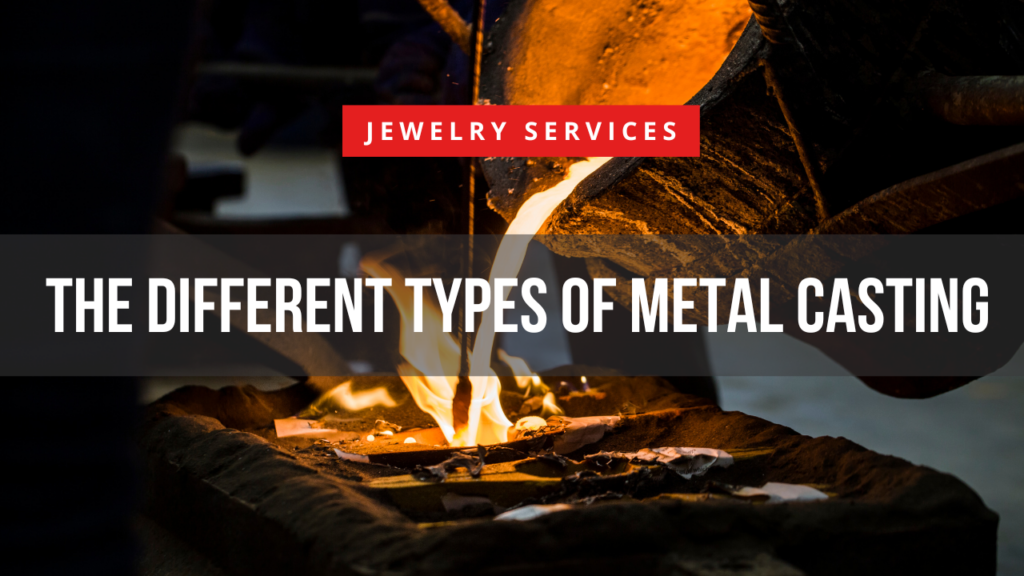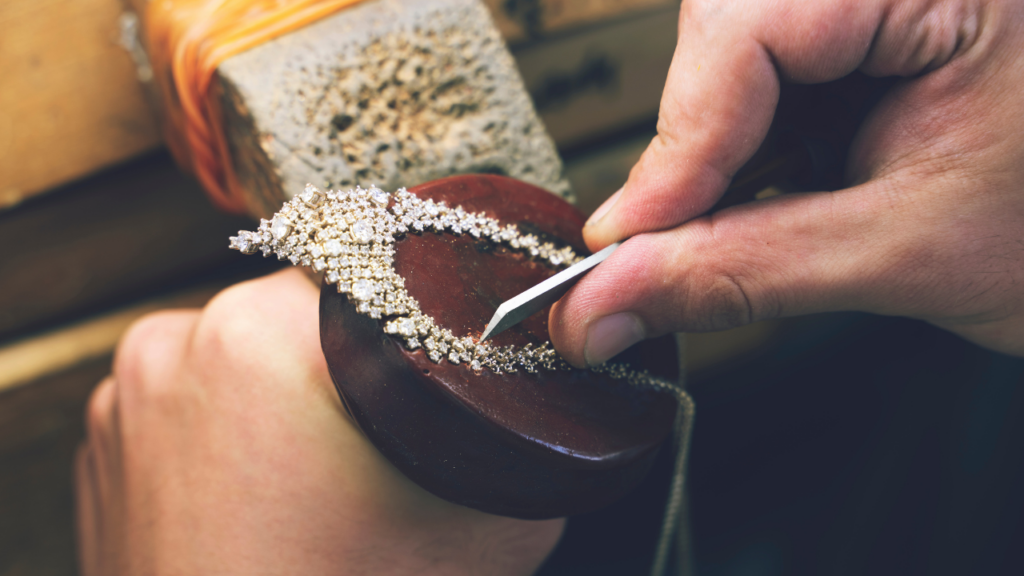
Metal casting is a manufacturing process that uses molten metal to create a three-dimensional object. The molten metal is poured into a mold, which is then cooled and solidified. The mold can be made of various materials, including sand, metal, and plastic.
Metal casting has been used for centuries to create various objects, including tools, jewelry, sculptures, and machine parts. It is a versatile process that can be used to produce complex shapes and high-tolerance parts.
The Different Types of Metal Casting
Sand casting
Sand casting is the most common type of metal casting. It is a relatively inexpensive process that can be used to produce a wide variety of parts. However, sand casting is not as precise as other metal casting types.
The sand casting process involves creating a mold out of the sand. The mold is then filled with molten metal, which is allowed to cool and solidify. The sand mold is then broken away, leaving the metal casting behind.
Sand casting is a versatile process that can be used to produce a wide variety of parts. However, it is not as precise as other metal casting types. This is because the sand mold can shrink and warp as the molten metal cools.

Die casting
Die casting is a more precise type of metal casting. It is used to produce high-tolerance parts that require a smooth surface finish. However, die casting is more expensive than sand casting.
The die-casting process involves creating a mold out of metal. The mold is then filled with molten metal, which is injected under high pressure. The molten metal is forced to fill all of the details of the mold, resulting in a very precise casting.
Die casting is a more precise process than sand casting but is also more expensive. This is because metal molds are more expensive to create.

Investment casting
Investment casting is a very precise type of metal casting. It is used to produce complex parts with intricate details. However, investment casting is the most expensive type of metal casting.
The investment casting process involves creating a mold out of wax. The wax pattern is then coated with a ceramic slurry. The ceramic slurry is then baked, which hardens it and creates a mold. The wax pattern is then melted out, leaving a cavity in the mold. The mold is then filled with molten metal, which is allowed to cool and solidify.
Investment casting is the most precise metal casting type but also the most expensive. This is because wax patterns are expensive to create.

Other types of metal casting
In addition to sand casting, die casting, and investment casting, there are several other types of metal casting. These include:
- Centrifugal casting: This type of metal casting is used to create parts with a uniform thickness. The molten metal is poured into a rotating mold, which forces the metal to flow evenly along the mold walls.
- Slush casting: This type of metal casting is used to create hollow parts. The molten metal is poured into a mold and allowed to cool slightly. The cooled metal is then removed from the mold, leaving a hollow shell.
- Lost foam casting: This type of metal casting is used to create parts with intricate details. A foam pattern is created of the desired part. The foam pattern is then placed in a mold and surrounded by molten metal. The molten metal melts the foam pattern, leaving a metal part with the same shape as the foam pattern.
- Vacuum casting: This type of metal casting is used to create parts with a high level of detail. The molten metal is poured into a mold under a vacuum. The vacuum forces out any air bubbles, resulting in a part with a smooth surface finish.
Advantages of metal casting
- Versatility: Metal casting can be used to produce a wide variety of parts, from simple to complex.
- Cost-effectiveness: Metal casting is a relatively inexpensive process, especially for large production runs.
- Speed: Metal casting can be a relatively quick process, depending on the type of casting used.
- Durability: Metal castings are typically very durable and can withstand a lot of wear and tear.
- Recyclability: Metal castings can be recycled, which makes them environmentally friendly.
Disadvantages of metal casting
- Dimensional accuracy: Metal castings are not always as dimensionally accurate as other manufacturing processes, such as machining.
- Surface finish: Metal castings may have a rough surface finish, requiring additional machining or finishing.
- Porosity: Metal castings may contain porosity, which can weaken the part.
- Complexity: Metal castings with complex features can be difficult and expensive to produce.
- Lead time: Metal castings can have a long lead time, depending on the complexity of the part and the manufacturing process used.
Conclusion
Metal casting is a versatile and cost-effective manufacturing process that can be used to produce a wide variety of parts. However, it is important to be aware of the limitations of metal casting, such as dimensional accuracy and surface finish. When choosing a metal casting process, it is important to consider the specific requirements of the part being produced.
Here are some additional points to consider when evaluating the advantages and disadvantages of metal casting:
- The type of metal casting process used will significantly impact the final product. For example, sand casting is a less precise process than die casting but is also less expensive.
- The complexity of the part being produced will also affect the cost and accuracy of the metal casting process. More complex parts will require more precise processes and will be more expensive to produce.
- The volume of production will also affect the cost of metal casting. For high-volume production, metal casting can be a very cost-effective process. However, for low-volume production, other manufacturing processes may be more cost-effective.
Overall, metal casting is a versatile and cost-effective manufacturing process that can be used to produce a wide variety of parts. However, it is important to be aware of the limitations of metal casting and to choose the right process for the specific requirements of the part being produced.
Share this post

